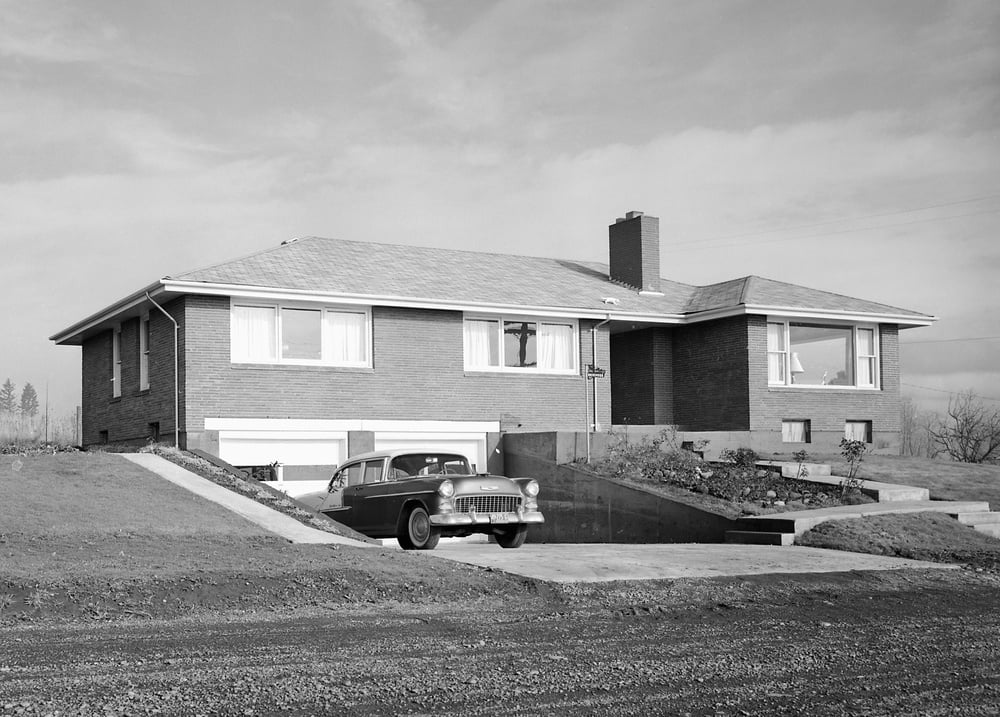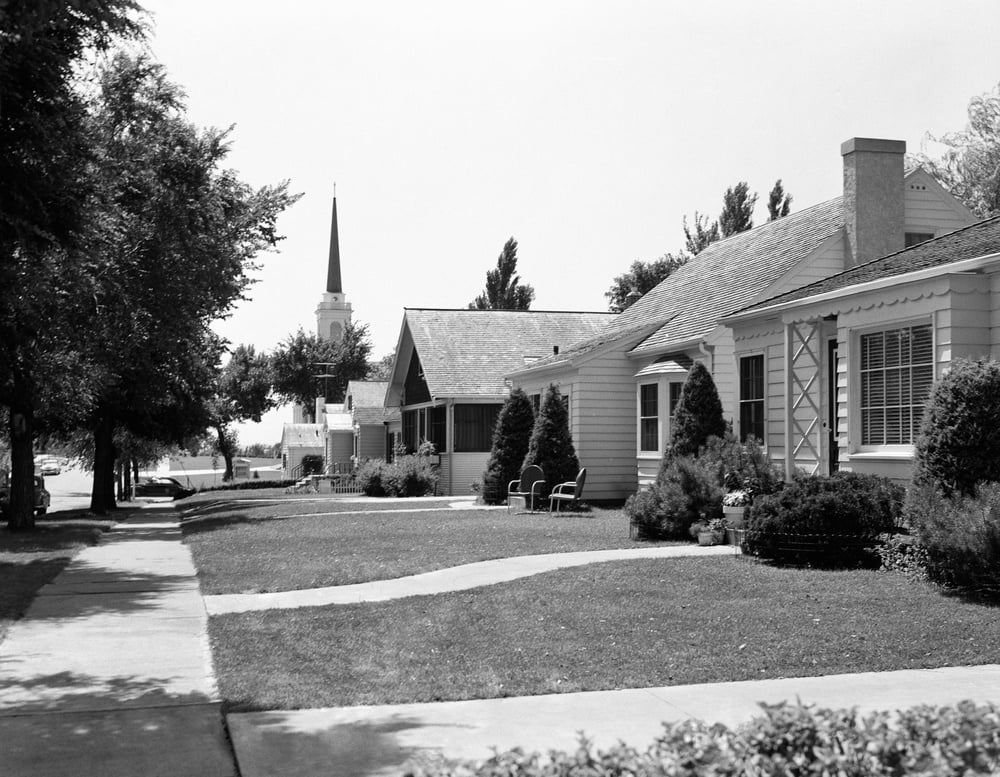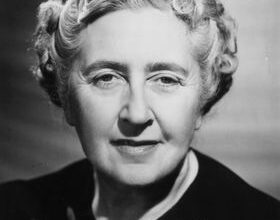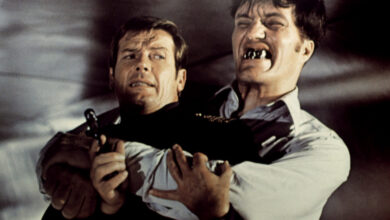Step Back Into 1950s Suburbia – The Simple Life You’ll Wish Still Existed!

Kirn Vintage Stock/GettyImages
The 1950s in the U.S. were a period of major economic expansion and societal transformation, largely defined by the rapid growth of suburban areas. This suburban boom fundamentally changed the nation’s landscape and lifestyle, fueled by post-war economic prosperity, supportive government initiatives, and the widespread pursuit of homeownership. The migration to suburban communities significantly impacted housing development, transportation infrastructure, and the structure of social life, creating a new model for American living.

H. Armstrong Roberts/GettyImages
Economic Prosperity and Housing Demand
Following World War II, the U.S. entered a period of remarkable economic growth. Returning veterans, supported by the GI Bill’s provisions for affordable mortgages and education benefits, were eager to start families and purchase homes. This surge in demand spurred a housing boom, with developers like William Levitt revolutionizing the industry through the mass production of low-cost homes. Levittown, New York, became one of the earliest and most notable examples of suburban development, offering standardized, affordable homes that could be constructed quickly and efficiently, setting a new benchmark for suburban planning.

George Rose/GettyImages
Government Policies and Infrastructure
Government policies played a crucial role in facilitating the suburban boom. The Federal-Aid Highway Act of 1956, signed by President Dwight D. Eisenhower, funded the construction of the Interstate Highway System, making it easier for people to commute from suburban homes to urban jobs. Additionally, federal housing policies, including mortgage insurance programs through the Federal Housing Administration (FHA), made homeownership more accessible to a broader segment of the population. These policies encouraged the growth of suburbs and contributed to the decline of urban centers.

Kirn Vintage Stock/GettyImages
Cultural Shifts and Lifestyle Changes
The move to the suburbs brought significant cultural and lifestyle changes. Suburbs were marketed as ideal places to raise families, offering safety, good schools, and a sense of community. The 1950s saw the rise of the nuclear family model, with an emphasis on domesticity and traditional gender roles. Television shows like “Leave It to Beaver” and “Father Knows Best” depicted the idealized suburban family life. The car became a symbol of suburban living, essential for commuting and accessing new shopping centers and recreational facilities that sprang up in suburban areas.



